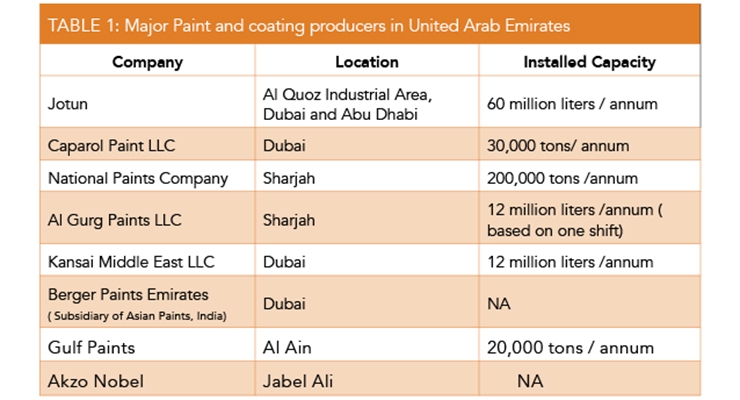Actions To Ready Your Wall Surfaces For An Impressive Painting Task
Actions To Ready Your Wall Surfaces For An Impressive Painting Task
Blog Article
Written By-Bauer Christoffersen
Accomplishing a perfect paint job starts with careful wall surface preparation. From filling in flaws to priming surface areas, each step plays a critical duty in the last end result. However what concerning those tricky corners and sides that can make or break the total look? Keep tuned to uncover expert ideas on how to navigate these tough locations with skill, ensuring a smooth coating that will raise your room to new elevations of class.
Wall Surface Maintenance
Checking wall surfaces for any flaws and promptly resolving them with required fixings is critical for achieving a smooth and perfect paint task. Prior to starting the paint process, very carefully examine the walls for fractures, openings, dents, or any other damage that could impact the result.
Start by filling out any kind of splits or openings with spackling compound, enabling it to dry entirely before sanding it to produce a smooth surface. For bigger dents or harmed locations, take into consideration utilizing joint compound to ensure a smooth repair work.
Furthermore, look for any kind of loose paint or wallpaper that might need to be eliminated. Remove any kind of peeling paint or old wallpaper, and sand the surface area to produce a consistent appearance.
It's likewise important to check for water damages, as this can result in mold growth and impact the adhesion of the new paint. Attend to any water discolorations or mildew with the suitable cleansing solutions prior to waging the painting process.
Cleaning and Surface Preparation
To guarantee a pristine and well-prepared surface area for paint, the following step includes extensively cleaning up and prepping the wall surfaces. Begin by dusting the wall surfaces with a microfiber fabric or a duster to remove any type of loose dirt, cobwebs, or debris.
For even more persistent dirt or gunk, a remedy of light detergent and water can be used to delicately scrub the wall surfaces, complied with by an extensive rinse with tidy water. https://oldworldpaintingfamily.blogspot.com to locations near light buttons, door manages, and baseboards, as these tend to gather even more dirt.
After cleansing, it is necessary to check the walls for any type of cracks, openings, or flaws. These should be full of spackling compound and sanded smooth when completely dry. Fining sand the wall surfaces lightly with fine-grit sandpaper will certainly also help develop a consistent surface for painting.
Priming and Taping
Before paint, the wall surfaces need to be topped to make sure correct attachment of the paint and taped to secure adjacent surface areas from roaming brushstrokes. Priming works as a crucial action in the painting procedure, particularly for brand-new drywall or surfaces that have been covered or repaired. It helps secure the wall, creating a smooth and consistent surface for the paint to adhere to. Additionally, primer can improve the toughness and coverage of the paint, ultimately resulting in a much more expert and long-lasting coating.
When https://www.wral.com/raleigh-paint-company-has-connection-to-1990s-band/20083901/ comes to taping, making use of painter's tape along trim, ceilings, and other surfaces you wish to protect is important to attain tidy and crisp paint lines. Painter's tape is created to be easily applied and removed without damaging the underlying surface area or leaving behind any type of residue. Make the effort to correctly tape off locations before repainting to save on your own the hassle of touch-ups later on.
Final thought
Finally, correctly preparing your wall surfaces before painting is crucial for achieving a remarkable surface. By evaluating for imperfections, cleaning up thoroughly, topping the surface area, and utilizing painter's tape for tidy lines, you can ensure a professional-looking paint work.
Taking the time to finish these steps will lead to a smooth and lasting surface that improves the total appearance of your room.
